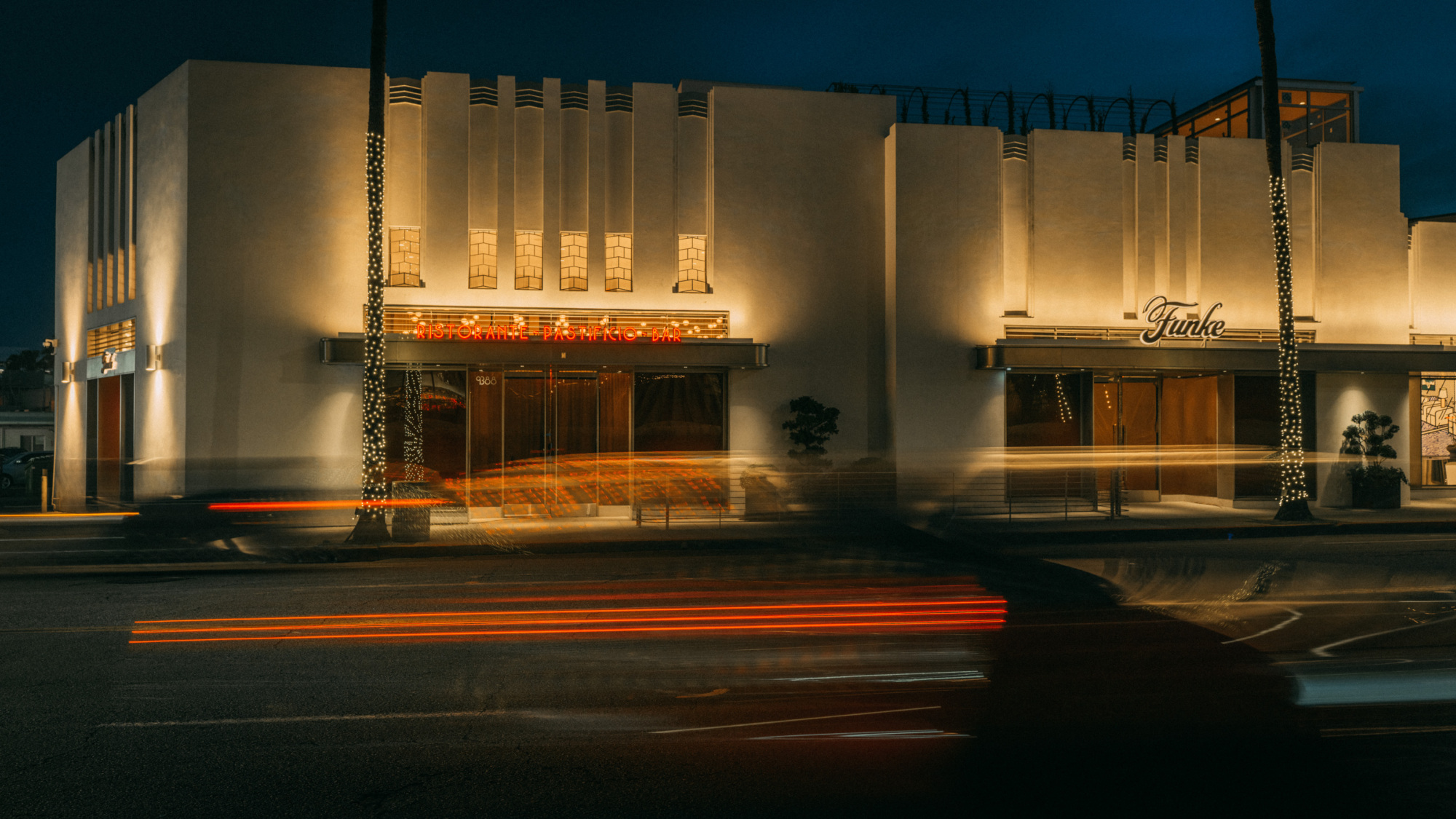
Funke Is Finally Here, and It’s Fabulous
Funke, the latest and arguably most hotly anticipated entry in chef Evan Funke’s growing Italian restaurant empire, is finally here. First, there was Felix in Venice, followed by Hollywood’s Mother Wolf, and now the celebrated pasta whiz is in Beverly Hills, helming this glitzy three-story destination with Negronis, Neapolitan pies, and plenty of handmade pastas, of course.
“It’s a lot,” the chef says about having his name embossed across his new digs. “You can only do it once, you better not f— up.” Still, he emphasizes that Funke isn’t all about him; he considers it an homage the people who have gotten him to where he is today: the nonnas in Italy who taught him to make pasta, his longtime staff (several of whom are on board here as well), and the many Angelenos who have turned out in droves for his focaccia and fried antipasto.
If you’re among them, or aspire to be, here’s everything you need to know about this new blockbuster — and its rooftop, Bar Funke — before you go.
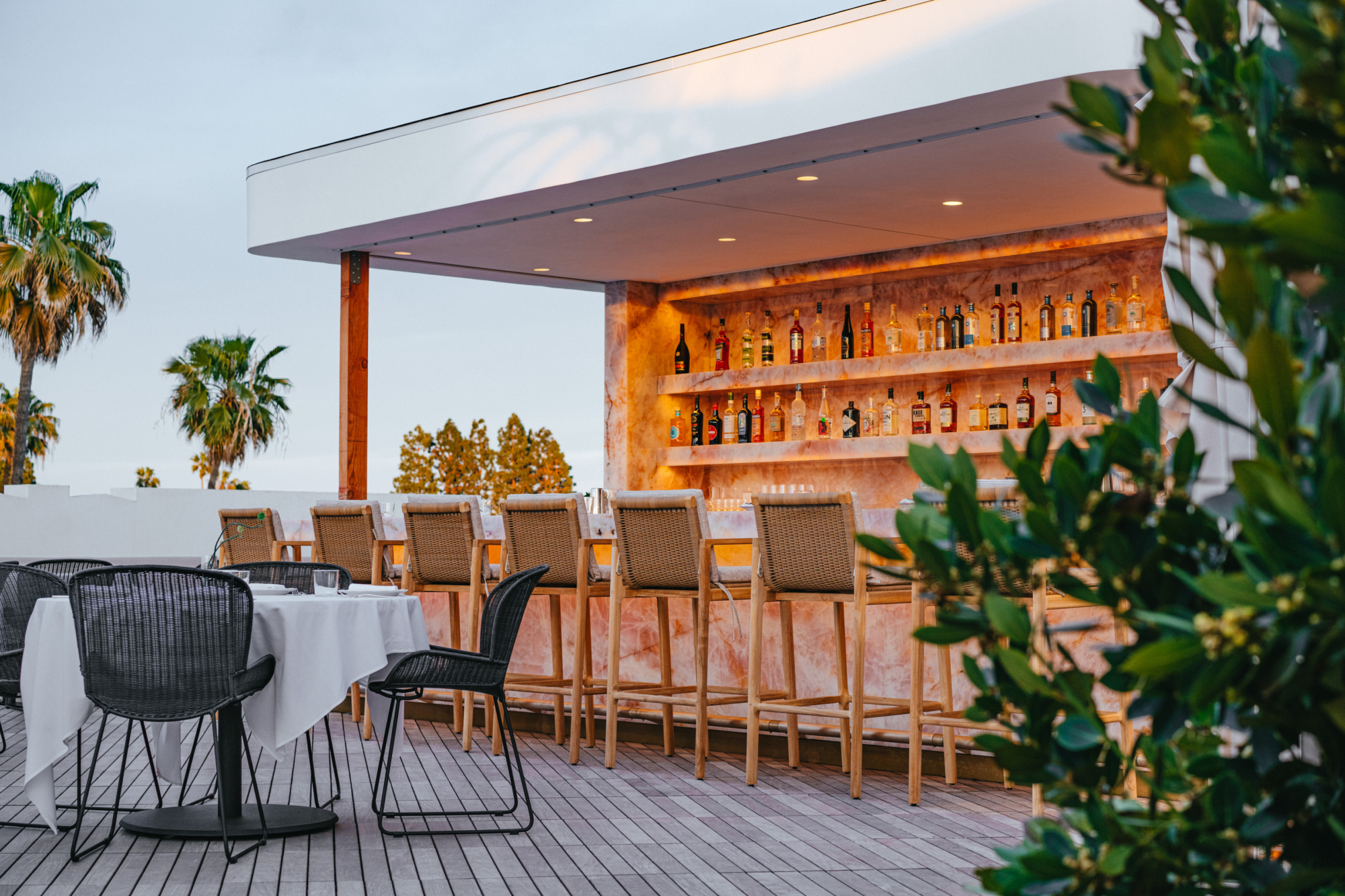
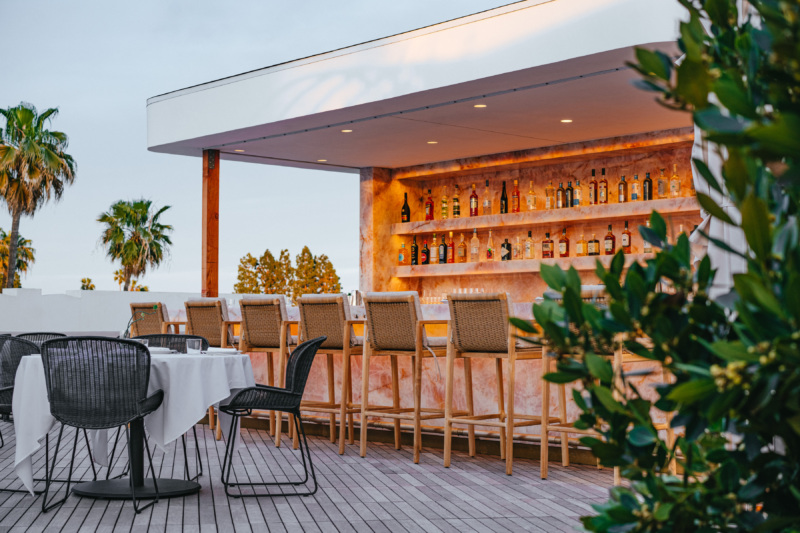
1. Make no mistake: This is Beverly Hills.
A critical period on Funke’s resume was the six years he spent in the kitchen at Wolfgang Puck’s Beverly Hill icon Spago in the early 2000s. Not only did he learn a lot about cooking pan-European cuisine with California ingredients, but he also became familiar with the neighborhood and its residents. Now, Funke is only a seven-minute walk away from Puck’s flagship. “It’s a very discerning clientele, very well-traveled,” Funke says of the local crowd. Unlike Mother Wolf, which Funke describes as “very masculine,” or Felix, which matches the trendy feel of Abbot Kinney Boulevard in Venice, Funke is “definitely a Beverly Hills restaurant,” he says. The vibe? A well-appointed interior, awash in soft, warm shades of pink, green, and gray, plus light wood and an abundance of marble.
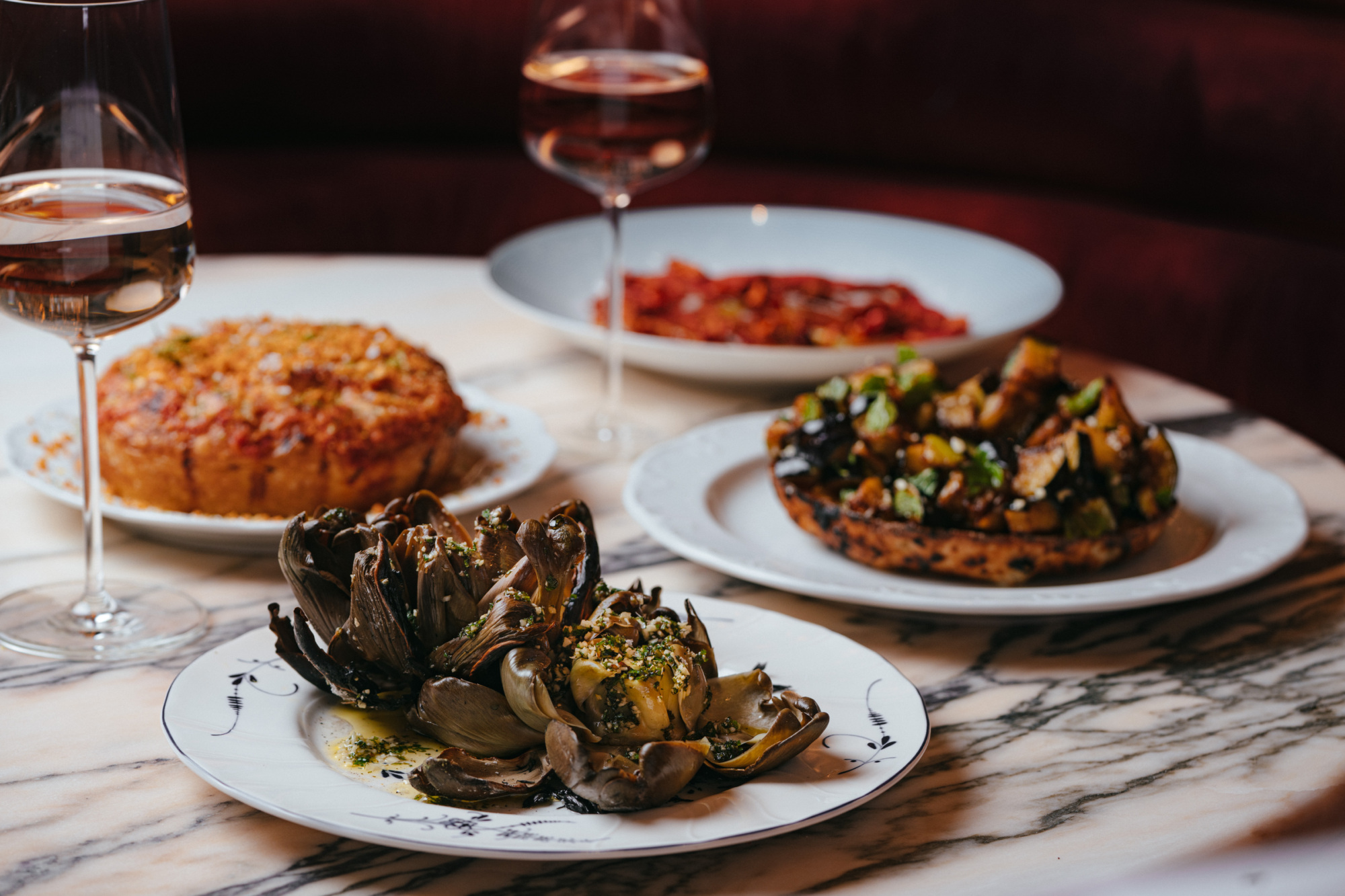

2. Two dining rooms, three bars, and a dual-level pasta room set the stage.
The restaurant is housed in a three-story Art Deco building that was built in the 1930s. “It feels almost residential,” Funke says. A welcome bar sits to the left of the entrance so that guests can order cocktails while they wait for their tables, and the dual-level pasta room is situated just behind the host stand. Around the corner is an opulent ground-floor dining room with semi-circle booths and a cascade of dangling glass bulbs. Upstairs on the mezzanine level, there’s a quieter second dining room anchored by another bar. And finally, perched on the open-air rooftop is Bar Funke, with a rose quartz bar imported from Calabria and a dedicated menu of sfincione (a type of Sicilian focaccia), crudo, and 68-day-aged beef carpaccio with fried artichokes.
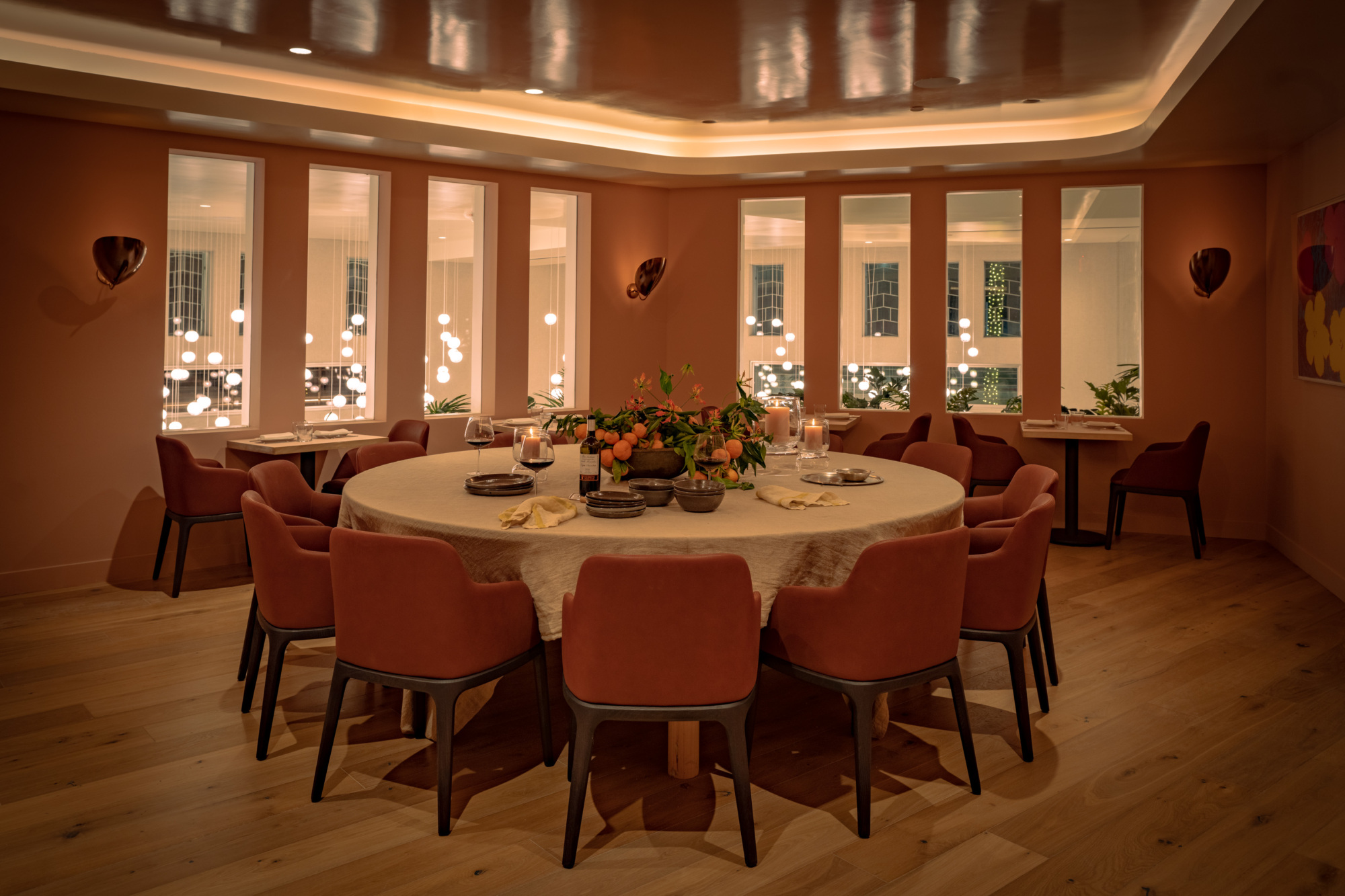
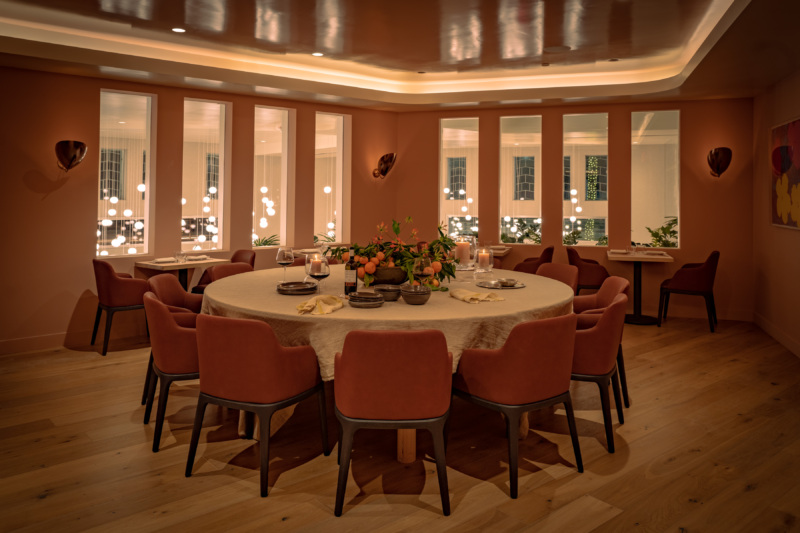
3. Funke’s greatest hits are complemented by a handful of brand new dishes.
“This restaurant is a culmination of my last 24 years in this industry,” says Funke. “My style isn’t going to change overnight, so there are throughlines of dishes at the other two restaurants that continue to inspire me.” Here, you’ll find familiar items like fried ricotta-stuffed zucchini blossoms, Neapolitan-style pizzas, rigatoni all’amatriciana, and tonnarelli cacio e pepe. The sfincione with sea salt, olive oil, and oregano that’s so popular at Felix is also served here, but there’s also another, more luxurious sfincione exclusive to Funke, topped with caciocavallo cheese, anchovies, tomatoes, onion, and fried breadcrumbs — already an early fan favorite.
Another dish that’s new to the menu here is agnolotti dal plin, a pinched pasta stuffed with three types of meat and served in a roast gravy with a sprinkling of Parmigiano Reggiano. Funke first learned how to make the shape from a cook named Este while working at Spago (“the only shape I’ve ever learned from a man,” he says), then refined his technique via a Piedmontese grandmother named Gemma. Funke, who visits Italy for research multiple times a year, plans to change the menu as often as his travels inspire him. “[Italy] is really my North Star,” he says.
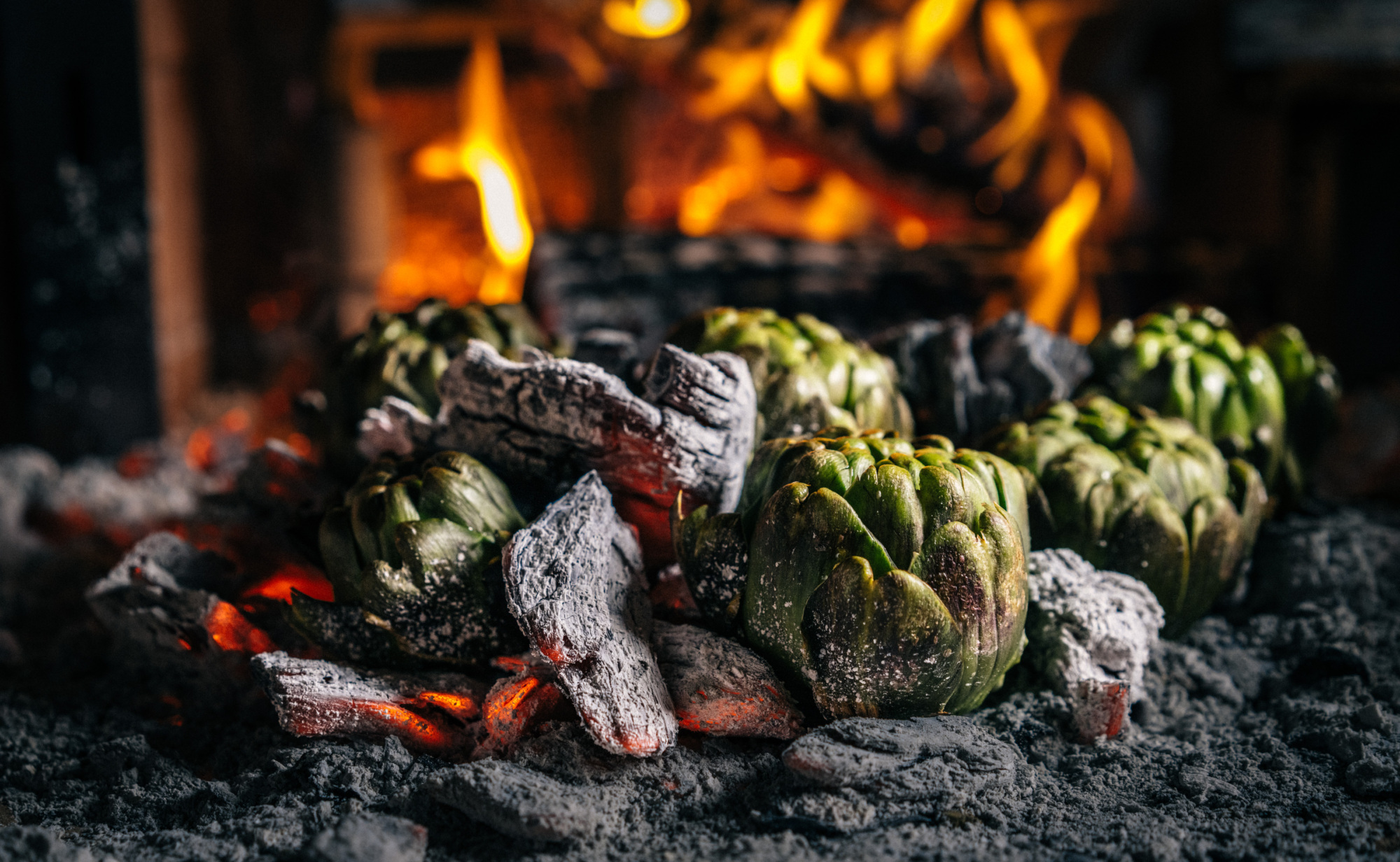
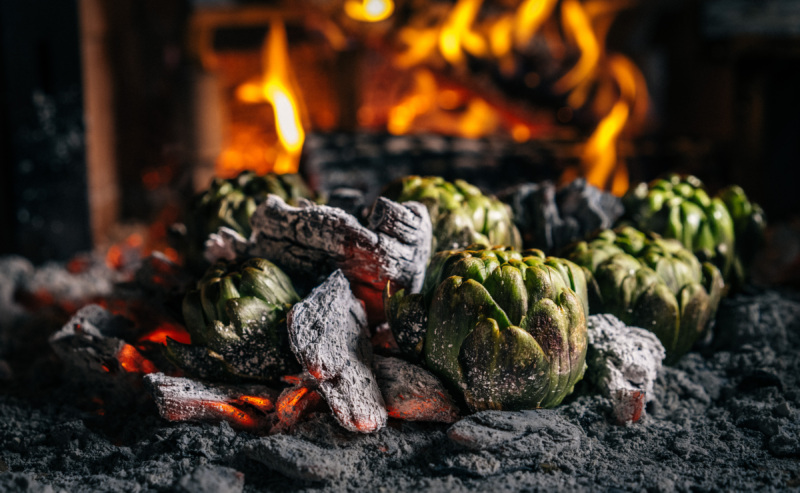
4. There are 12 pasta dishes on the menu, each attributed to an Italian nonna.
Funke has made a name for himself as a master of pasta, and so it’s only natural that noodles get top billing at his eponymous restaurant. “I’m most excited about the handmade pasta and how we present those shapes and their histories,” he says. The pasta section of the menu is split into two: handmade and bronze-drawn (or extruded) pasta. In the former, there are six options, and each is listed like a bottle of wine: first the pasta shape, then where it’s from, followed by the producer (in this case, the nonna who taught Funke the shape). For example, he learned how to make trofie in the town of Sori in Liguria from a woman named Sofia. It’s served with pesto Genovese, Parmigiano Reggiano, and basil. “I wanted to make sure they got their props, to give them the respect they deserve,” the chef says.
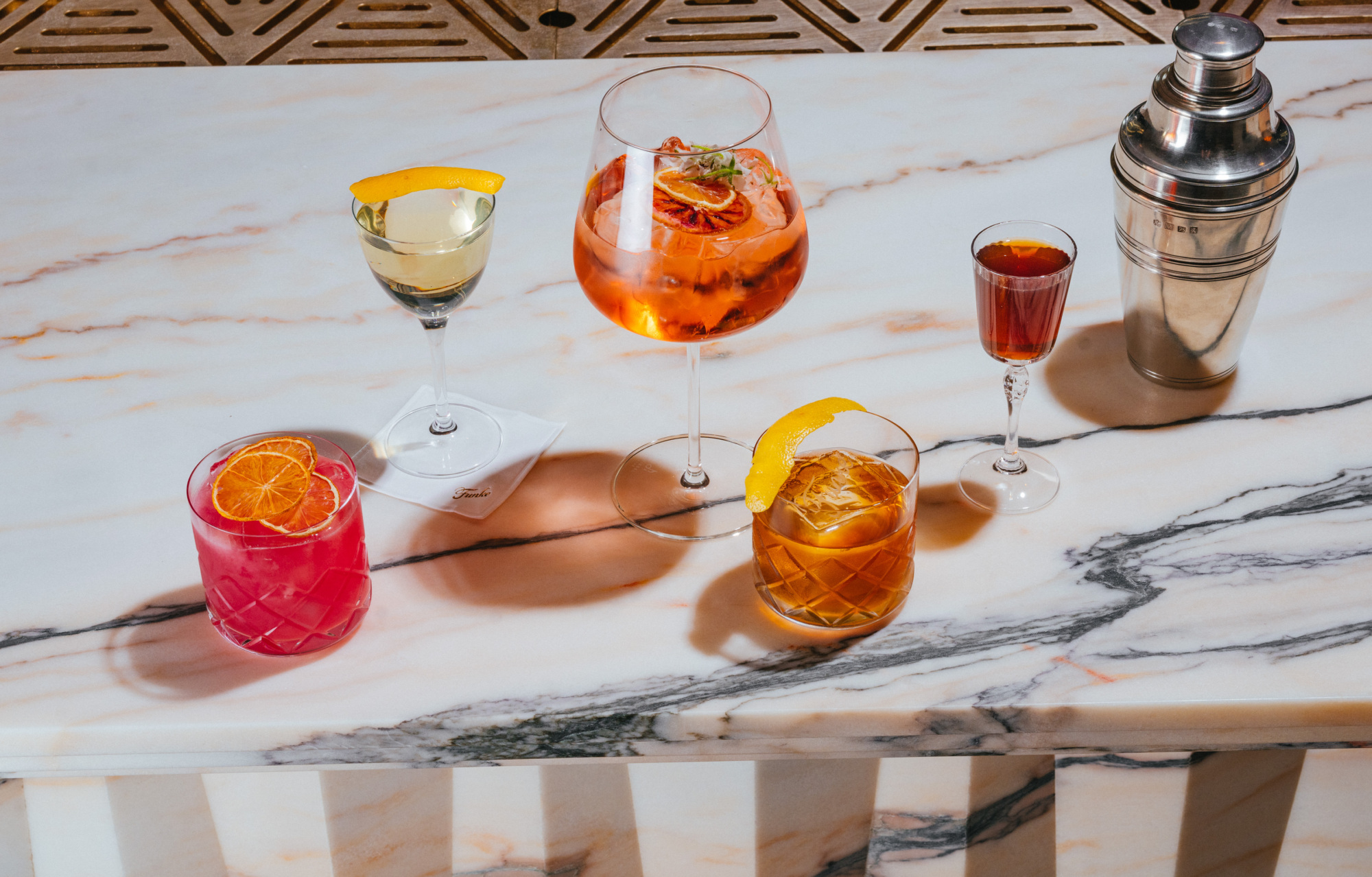
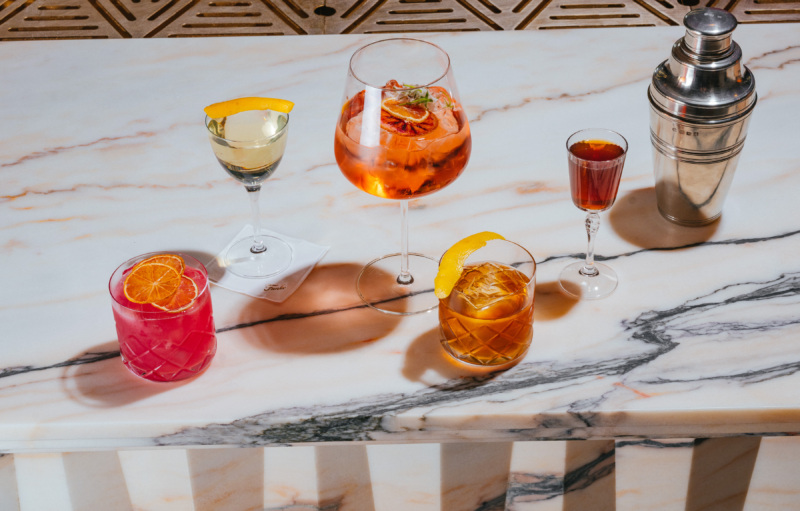
5. Funke-stamped ice cubes and 20+ amari level up the bar program.
The cocktail menu features 12 drinks, including a riff on the Negroni called the Firenze with Sicilian olive oil and big Funke-stamped square ice cubes. The bar closest to the entrance is known as the “amaro bar,” since it houses most of the restaurant’s amaro collection. While the Funke team is still in the process of accumulating more bottles of vintage amari to pour, there are currently at least 20 types of the Italian digestif to choose from. “I love amaro, I think it’s the unsung hero of the Italian culinary experience,” says Funke.
Emily Wilson is a Los Angeles-based food writer from New York. She has contributed to Bon Appétit, Eater, TASTE, The Los Angeles Times, Punch, Atlas Obscura, and more. Follow her on Twitter and Instagram. Follow Resy, too.

















